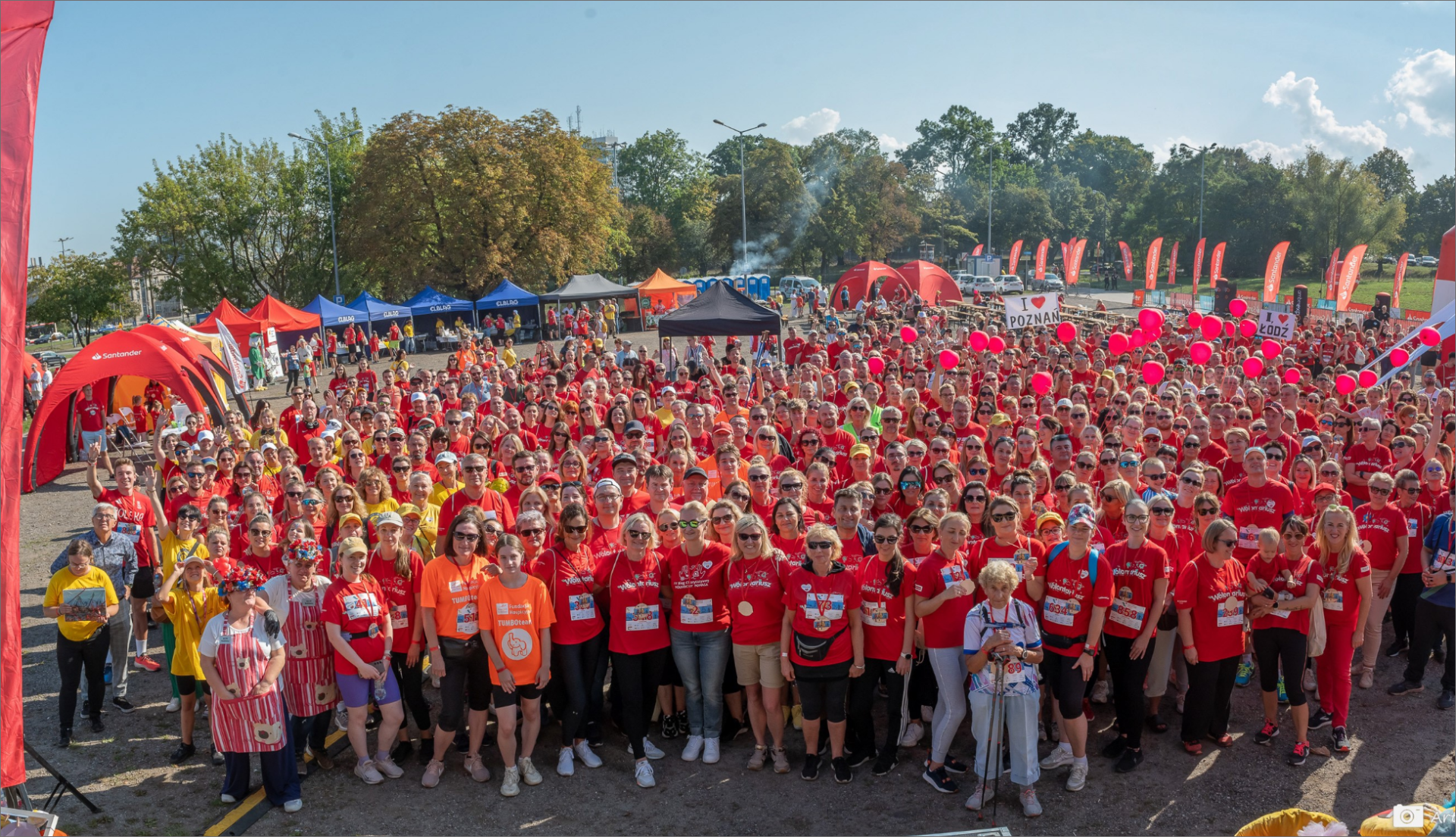Targets related to managing material negative impacts, advancing positive impacts, and managing material risks and opportunities (S3‑5)
- ESRS:
-
Targets related to managing material negative impacts, advancing positive impacts, and managing material risks and opportunitiesS3-5Targets related to managing material negative impacts, advancing positive impacts, and managing material risks and opportunities
Within the Group, we set strategic goals that allow us to monitor and manage the impact of our activities on communities. These goals relate to our direct influence and are subject to planning, approval, monitoring, and periodic review processes. The social responsibility strategy is developed, among other factors, based on stakeholder consultations, including representatives of civil society. In addition to strategic goals, we use operational metrics, which, as the strategy evolves, may be adapted to MDR-T requirements and classified as targets in the future.

Regarding community engagement efforts, the Bank has set a strategic goal (MDR-T) related to the number of beneficiaries of financial inclusion initiatives. This goal supports the Group’s social impact strategy, which aims, among other things, to reduce financial exclusion, and is linked to the implementation of the “Responsible Banking and Sustainable Development Policy”. It relates to increasing access to basic financial products and services, such as accounts, transactions, payments, and digital services, for unbanked individuals or those with insufficient access to banking services.
The goal is executed by ensuring access to a network of partner branches and ATMs in areas where the Bank does not have physical branches. These initiatives are carried out using an internal methodology, consistent across Banco Santander Group, based on international standards and verified by an independent external entity.
This target applies specifically to the Bank. The baseline year is 2023, when the goal was revised and incorporated into the Bank’s new strategy. In 2023, the metric value was 145,849 beneficiaries. Within the 2024-2027 planning horizon (aligned with the Bank’s strategic planning process), the target is to reach a total of 660,070 people
The progress of the target is monitored on a quarterly basis as part of sustainability strategy progress reports, presented to the ESG Committee, the Management Board and the Supervisory Board. The level of ambition of the targets is reviewed in the annual planning processes, taking into account the trajectory of the Group’s strategic objectives as well as plans and possibilities as to future activities.
Currently applied and monitored operational metrics (apply to the entire Group):
Results of selected metrics in 2024:
- Number of beneficiaries of social support: 1.01 million.
- Number of beneficiaries of financial (and cyber-security) education: 744.6 thousand.
- Amount of social investment (in social support and financial education): PLN 10.61 million.
The number of social support beneficiaries includes Group support in the form of financial, material and employee volunteering. The number is based on the reach of individual initiatives, in line with accepted methodologies for reporting social metrics. We avoid double counting so that particular beneficiary benefiting from different activities under one initiative is only included once. In the absence of the tools to determine the exact number of beneficiaries of an initiative, we use an estimation method that involves subtracting 30% of people from the total reach of it.

We report on the beneficiaries of a social initiative after it has been completed, when the beneficiaries have already benefited from the support (which we provide to them directly or through social partners). We report on the amount of social investments at the beginning of a given project, when the Group’s expenses are accounted for.